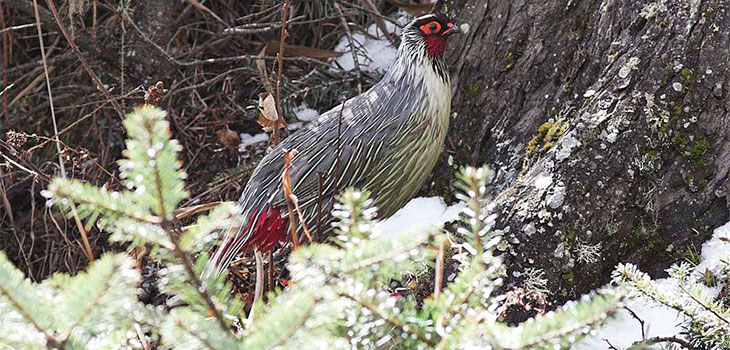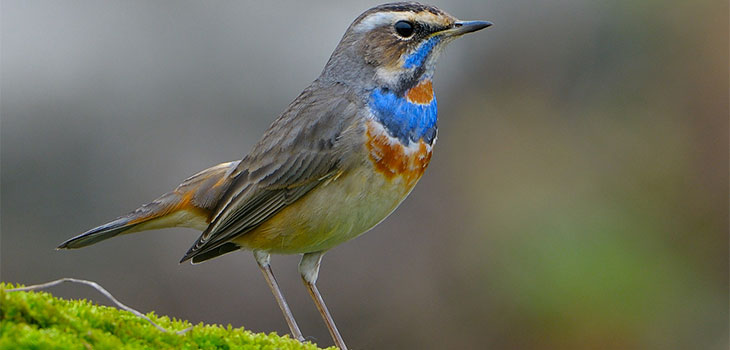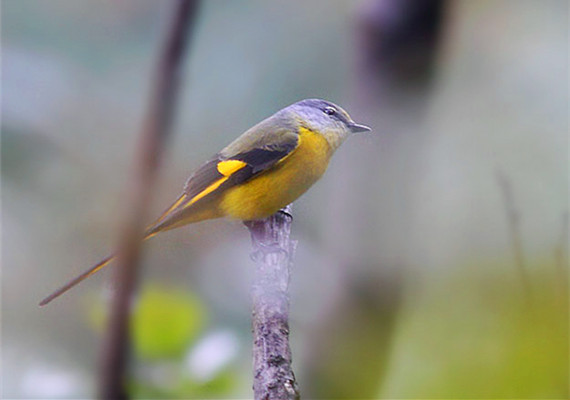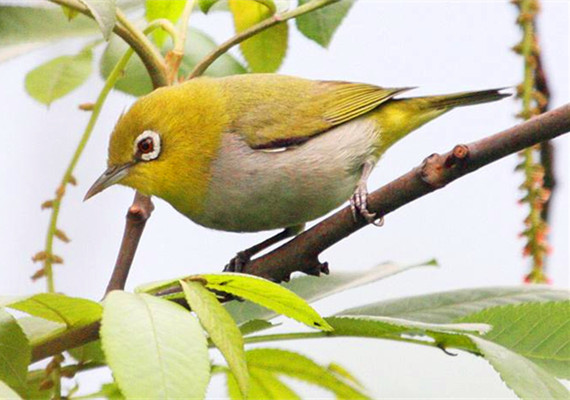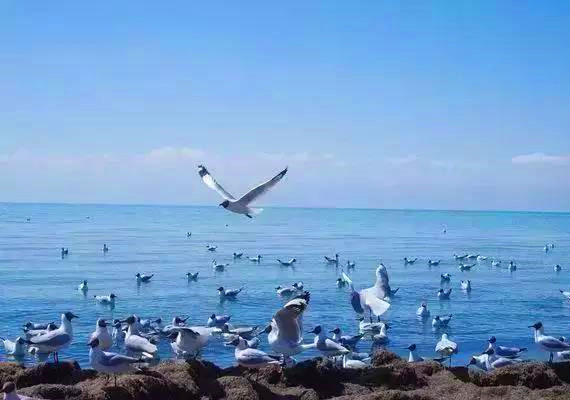Sichuan Birding
Sichuan birding tour|wild bird|bird watching-china:A total of about 1,300 bird species have been recorded in China, and over 600 of theses have been recorded in Sichuan.There is also a high number of bird species at least 60 unique to China.
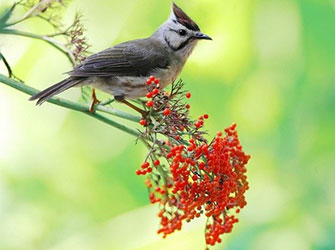
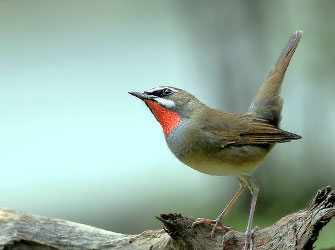
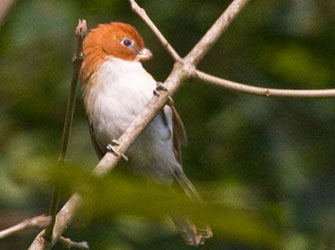
Sichuan lies at the eastern edge of the Tibetan Plateau and this superb province has the richest concentration of Chinese specialties, holding around two-thirds of the country's endemic birds!
Not only does Sichuan offer the best opportunities for seeing China's prime specialties, but due to the great diversity of its habitats, ranging from the subtropical lowlands of the Red Basin and rich evergreen foothill forests to cool temperate zone forests, alpine meadows and dramatic snow-capped mountain peaks, the province has a remarkable wealth of birds in general. Even then there is more to Sichuan, for beyond these rocky ramparts lie the vast grasslands of the eastern edge of the Tibetan Plateau.
A total of about 1,300 bird species have been recorded in China, and over 600 of theses have been recorded in Sichuan There is also a high number of bird species at least 60 unique to China, 25 of theses species are more or less confined to Sichuan It is theses rare birds, particularly the gorgeous pheasants, as well as many more widespread species, which the World's birdwatchers are literally queuing up to look for. Without a doubt Sichuan is the very best of China.
Many of the World's more beautiful flowers can also be seen in Sichuan, especially rhododendrons, Viburnums, roses, primulas, anemones, gentians, arisamas and orchids. The forests, which include subtropical lowland, broad leaf evergreen and temperate zones, are contained of an extraordinary Variety of tree species. Flower-filled alpine meadows below snow-capped peaks complete what is a botanist's dream.
Wawushan Bird Watching Tour
Wawu Shan is an over 3000m peak, which situated 70 km to the west of the famous Emei Shan. Wawushan is the largest National Reserve in China. The elevation goes form 2830m. According to the investigations, there are more than 3500 species of birds in Wawushan areas. As we walk here amongst the gnarled, moss-encrusted trees we may enjoy some superb vistas across a seemingly endless series of mountain ridges to the great snow-capped peaks of western Sichuan beyond.
The prime endemic birds you may see here are: Lady Amherst’s Pheasant, Temminck’s Tragopan, Chinese Bamboo Partridge, Grey-hooded Parrotbill, Emei Shan Liocichla and the recently described Sichuan Treecreeper, Chinese Blue Flycatcher, Black-streaked Scimitat Babbler, Grey-hooded Fulvetta, Brown-capped Fulvetta and White-collared Yuhina Elliott’s Laughing thrush, the lovely Red-winged Laughing thrush, Parrotbills we could encounter.
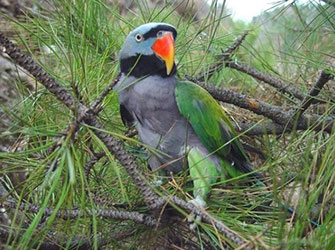
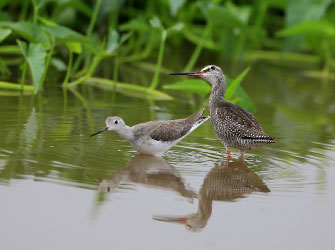
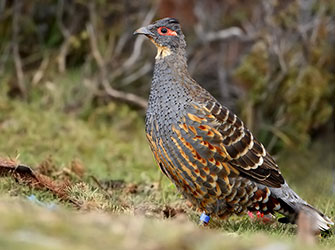
Chengdu-Jiuzhaigou Birding Tour
Wolong The road from Wolong westwards over Balangshan pass provides access to good habitat up to an elevation of 4,700m. Chinese Monal, White Eared Pheasant and Grandala are among the many special birds recorded near the road.
Jiuzhaigou is a famous, scenically beautiful and hugely popular National Nature Reserve (NNR), still open for business year-round. It is located in the Min Shan, an area with many Chinese endemics. Sought-after birds here include Sooty Tit, Spectacled Parrotbill, Snowy-cheeked Laughing thrush and Rufous-headed Robin. These birds may also been seen at the less-visited Wanglang National Nature Reserve, which has a common border with Jiuzhaigou. Tangjiahe NNR, a good site to see mammals such as Takin, as well as endemic Golden Pheasant and Slaty Bunting, is nearby.


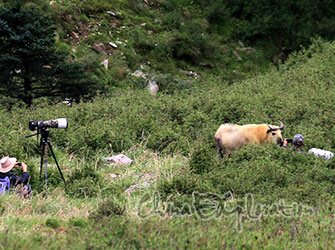
ITINERARY
Day 1: Chengdu and drive to Wolong for overnight.
Day 2: Wolong birding.
Day 3: Wolong Balang Mountain birding.
Day 4: Last birding at Wolong drive to Jiuzhaigou NR.
Day 5: Jiuzhaigou birding.
Day 6: Jiuzhaigou birding.
Day 7: Back to Chengdu.
